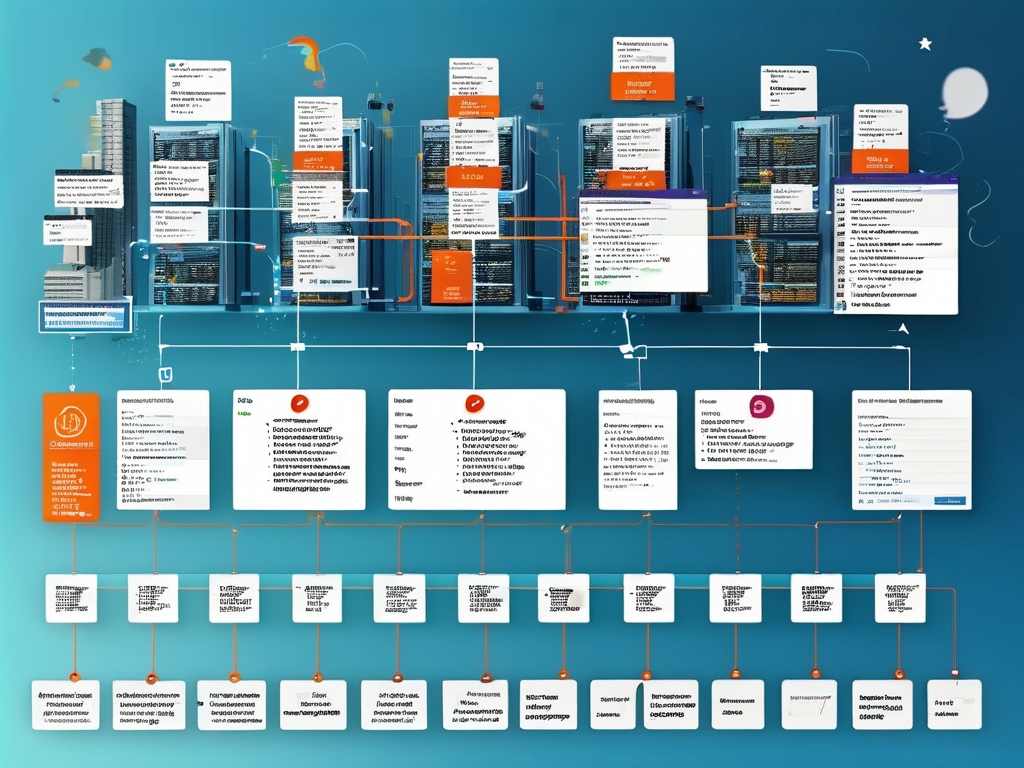Modern software development demands efficient collaboration between frontend and backend teams. Automation deployment tools bridge this gap by standardizing release processes while reducing human error. Let’s explore how these tools reshape development workflows and what solutions dominate the market.

Why Automation Matters
Manual deployment workflows often lead to inconsistencies, especially when handling complex dependencies or frequent updates. A survey by Forrester Research reveals that teams using automation tools reduce deployment failures by 63% compared to manual methods. Automation ensures identical environments across development, testing, and production stages, eliminating the "it works on my machine" dilemma.
Key Features of Modern Tools
Leading tools like Jenkins, GitLab CI/CD, and GitHub Actions share core functionalities:
- Version Control Integration: Synchronize code changes directly from repositories.
- Pipeline Customization: Define stages for building, testing, and deploying.
- Environment Management: Isolate configurations for frontend (e.g., React) and backend (e.g., Node.js) services.
For example, a basic Jenkins pipeline for a Node.js backend might include:
pipeline {
agent any
stages {
stage('Build') {
steps {
sh 'npm install'
}
}
stage('Test') {
steps {
sh 'npm test'
}
}
}
}
Frontend-Specific Challenges
Frontend frameworks like React or Vue.js require optimized asset compilation. Tools such as Vercel or Netlify specialize in static site deployment with built-in caching and CDN support. A common pitfall is neglecting cache invalidation strategies, which can be mitigated through content hash-based filenames:
# Webpack configuration snippet
output: {
filename: '[name].[contenthash].js',
}
Backend Deployment Nuances
Backend services demand robust database migration handling and zero-downtime deployments. Kubernetes-based solutions like Argo CD enable rolling updates, while tools like Docker ensure consistency. A critical oversight is failing to automate database schema changes, which can be addressed using versioned migration scripts.
Choosing the Right Stack
Evaluate tools based on:
- Team Expertise: GitHub Actions suits GitHub-centric teams, while Jenkins offers plugin flexibility.
- Scalability: Cloud-native tools like AWS CodeDeploy integrate seamlessly with serverless architectures.
- Cost: Open-source options (e.g., Drone CI) reduce licensing fees but require self-hosting.
Security Considerations
Automation introduces risks like exposed credentials in configuration files. Always use environment variables for sensitive data:
# GitLab CI example
deploy_production:
script:
- echo $AWS_ACCESS_KEY_ID | docker login -u _json_key --password-stdin
The Future of Deployment Automation
Emerging trends include AI-powered anomaly detection during deployments and low-code pipeline builders. However, the human element remains crucial – teams must regularly audit pipelines to align with evolving project requirements.
By strategically implementing automation tools, organizations achieve faster release cycles without sacrificing stability. The key lies in balancing standardization with flexibility, ensuring both frontend and backend ecosystems evolve cohesively.









